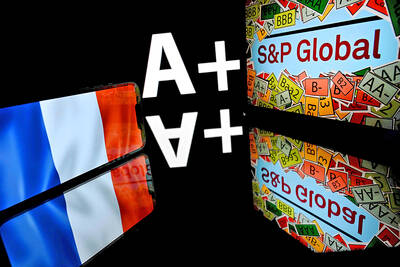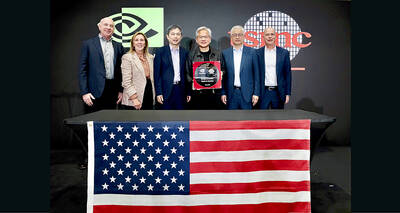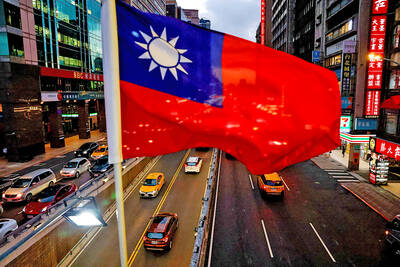Chinese cities dominate a list of the 20 most-expensive in the Asia-Pacific region for expatriates, as the yuan makes gains on rival currencies, a cost-of-living survey by ECA International showed.
Chinese cities, including Hong Kong, account for 11 of the 20 most-expensive Asian cities, the London-based consultancy said.
Shanghai jumped from third place last year to become the most expensive in Asia this year, it said.
“In spite of the minor depreciation in the renminbi against the [US] dollar over the summer, it has strengthened against most other currencies, leading to Shanghai becoming the most-expensive Asian city for international assignees,” ECA’s Asia regional director Lee Quane said.
“It is likely that major Chinese cities will remain expensive destinations for mobile executives for the foreseeable future,” Quane said.
Chinese cities also make up the biggest share of a list of the 30 most-expensive worldwide for expatriates, with six of them beating cities in Switzerland and Japan, the survey showed.
Chinese cities listed in the study jumped across the board in Asia, it said.
Beijing (second), Guangzhou (sixth) and Shenzhen (seventh) rose from fourth, 13th and 22nd, it said.
Macau saw the largest rank increase, moving up to 13th place from 34th last year, it said.
In a previous survey, Taipei was the 11th-most expensive city in Asia.
Taipei’s global ranking was 66th in the June ranking, compared with 87th last year.
Kaohsiung jumped from 114th to 97th in the global rankings and moved up one place to the 14th-most expensive city in Asia.
Additional reporting by CNA

France cannot afford to ignore the third credit-rating reduction in less than a year, French Minister of Finance Roland Lescure said. “Three agencies have downgraded us and we can’t ignore this cloud,” he told Franceinfo on Saturday, speaking just hours after S&P lowered his country’s credit rating to “A+” from “AA-” in an unscheduled move. “Fundamentally, it’s an additional cloud to a weather forecast that was already pretty gray. It’s a call for lucidity and responsibility,” he said, adding that this is “a call to be serious.” The credit assessor’s move means France has lost its double-A rating at two of the

Jensen Huang (黃仁勳), founder and CEO of US-based artificial intelligence chip designer Nvidia Corp and Taiwan Semiconductor Manufacturing Co (TSMC, 台積電) on Friday celebrated the first Nvidia Blackwell wafer produced on US soil. Huang visited TSMC’s advanced wafer fab in the US state of Arizona and joined the Taiwanese chipmaker’s executives to witness the efforts to “build the infrastructure that powers the world’s AI factories, right here in America,” Nvidia said in a statement. At the event, Huang joined Y.L. Wang (王英郎), vice president of operations at TSMC, in signing their names on the Blackwell wafer to

AI BOOST: Although Taiwan’s reliance on Chinese rare earth elements is limited, it could face indirect impacts from supply issues and price volatility, an economist said DBS Bank Ltd (星展銀行) has sharply raised its forecast for Taiwan’s economic growth this year to 5.6 percent, citing stronger-than-expected exports and investment linked to artificial intelligence (AI), as it said that the current momentum could peak soon. The acceleration of the global AI race has fueled a surge in Taiwan’s AI-related capital spending and exports of information and communications technology (ICT) products, which have been key drivers of growth this year. “We have revised our GDP forecast for Taiwan upward to 5.6 percent from 4 percent, an upgrade that mainly reflects stronger-than-expected AI-related exports and investment in the third

RARE EARTHS: The call between the US Treasury Secretary and his Chinese counterpart came as Washington sought to rally G7 partners in response to China’s export controls China and the US on Saturday agreed to conduct another round of trade negotiations in the coming week, as the world’s two biggest economies seek to avoid another damaging tit-for-tat tariff battle. Beijing last week announced sweeping controls on the critical rare earths industry, prompting US President Donald Trump to threaten 100 percent tariffs on imports from China in retaliation. Trump had also threatened to cancel his expected meeting with Chinese President Xi Jinping (習近平) in South Korea later this month on the sidelines of the APEC summit. In the latest indication of efforts to resolve their dispute, Chinese state media reported that